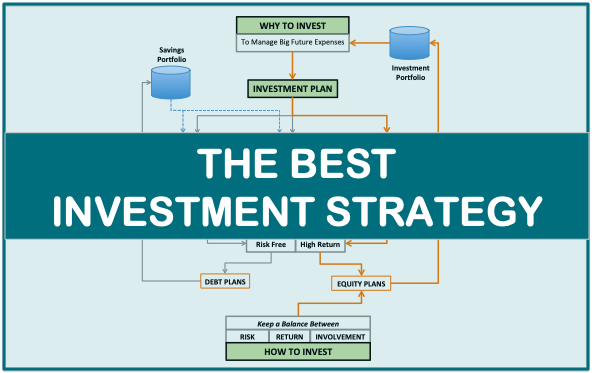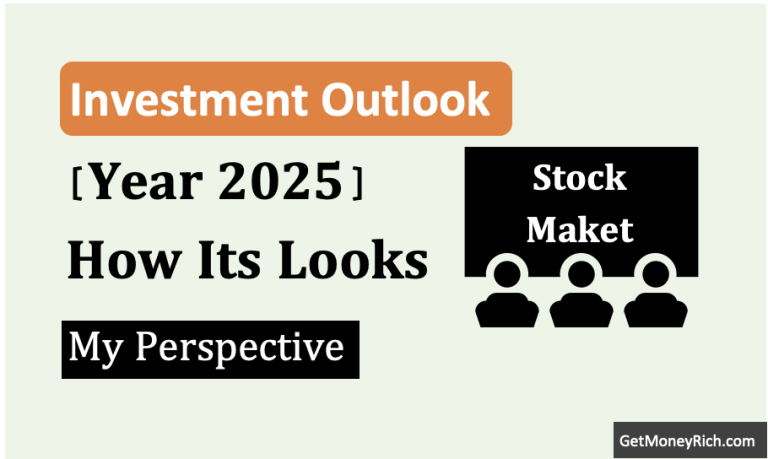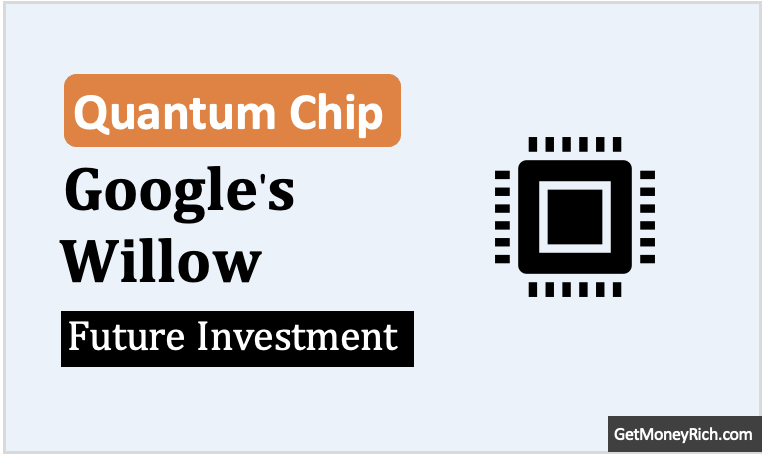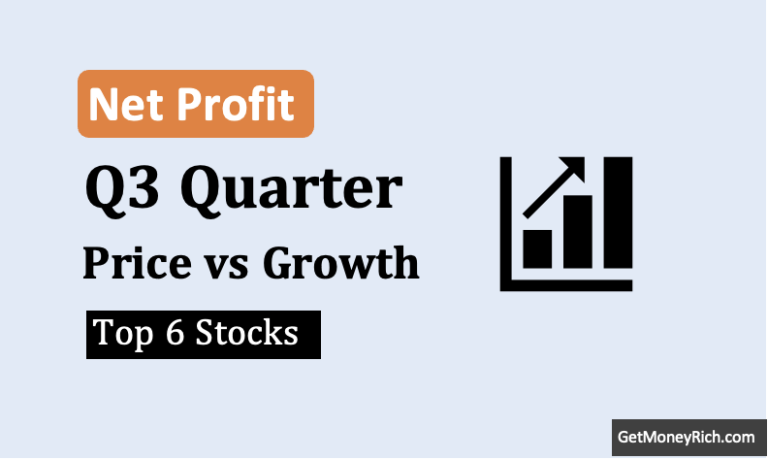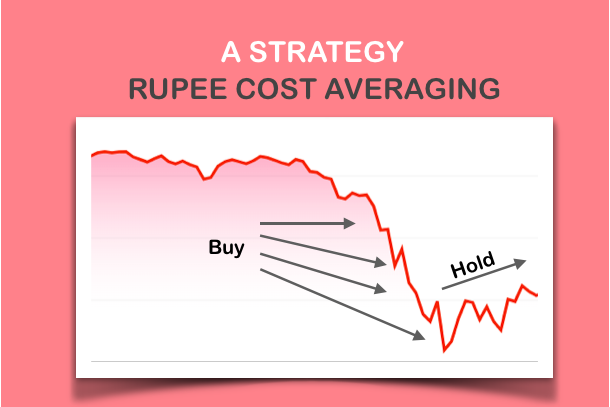So, Trump’s back in the news, and this time he’s talking tariffs again. Specifically, a hefty 25% tariff on steel and aluminum imports to the US. Now, you might be thinking, “Okay, US politics… what’s that got to do with my SIP?” Well, grab your chai, because this one could actually ripple across the globe and affect our investments right here in India.
Let’s break it down. Tariffs are basically taxes on imported goods. Imagine your mom making you pay extra for the Maggi noodles you sneak in from outside when there’s a full dose of home-made food available in the fridge. That’s a tariff in a nutshell. The US is hoping to make American steel cheaper and more appealing than imported steel. Imposing tariff is their way of boosting their own companies. Fair enough, right? Well, not so fast…
The problem is, the global economy is like a giant game of musical chairs. If the US kicks out a bunch of steel suppliers, where do you think all that steel is going to go? Exactly – it might just end up flooding our markets here in India, and at dirt-cheap prices.
Think of it like this: you know how during Diwali, the Chinese lights flood the market. They sell a way cheaper than the local stuff? It’s great for your pocket in the short term, but it hurts the local artisans who are trying to make a living.
This steel situation could be similar.
So, How Does This Affect Our Investments?
Well, if cheap steel starts pouring into India, it’s going to put pressure on our own steel giants, Tata Steel, JSW Steel, SAIL, JSPL, etc. These are a few old-time stocks which are being held in portfolios of many of us, right?.
These companies will have to compete with the cheaper imports (mainly Chinese steel). Anyways, the Chinese steel is a problem, but if more gets dumped, after US tariffs hike, it would further squeeze their profits. This will certainly hurt their stock prices.
I remember back in 2017 when Trump first pulled this stunt, everyone was panicking. And honestly, it wasn’t pretty.
Companies that relied on imported steel in the US, like auto manufacturers, actually saw their costs go up, and some even had to lay people off. It’s like trying to fix a leaky tap with a hammer. This is a situation which might just end up flooding the whole house (US).
But Is It All Doom and Gloom?
Not necessarily. There’s always a silver lining, right?
Cheaper steel could actually benefit industries like construction and auto manufacturing here in India. Think lower input costs for building projects or making cars. This could translate to higher profits for those companies. It’s a bit of a mixed bag.
And, crucially, it depends on what our government does. Will they step in with anti-dumping duties? I think it is necessary to protect our steel industry. Will they try to negotiate a better deal?
That’s the million-dollar question. Keep an eye on the news, because government policy is going to be a HUGE factor here.
My View
Look, I’m not convinced this tariff strategy is going to work out for the US in the long run.
History has shown that tariffs often backfire. It leads to trade wars and higher prices for consumers. It’s like putting a band-aid on a broken leg.
For India, the biggest concern is how we handle the potential steel dumping. If we don’t take action, our steel companies could really struggle. But if we play our cards right, we could actually turn this into an opportunity to strengthen our own domestic manufacturing.
What I’ll Do as an Investor?
I will keep a close on the steel stocks of my portfolio. If things start looking shaky, first I’ll not panic sell. But maybe I’ll start considering rebalancing my portfolio. I’ll allocate the money parked in steel to other sectors.
But there is something, I’ve learns about these cyclical stocks (old time stocs) over the last ten odd years. The best time to invest in them is when their PE multiples are at all time high. Generally, their PE can fluctuate from sub-ten to 40+ levels. There is this interesting (differentiating) thing about these steel stocks. In their best of times (high earnings), their PE remains close to 10 or below. In tougher times, like now, their PE can skyrocket to 40+ levels. The idea is to not sell them when their PE makes them look too expensive.
[Note: I’m sure, if you will watch the business news on TV, the so called experts from the mutual funds= companies will tell you just the opposite. I’ll rather not follow them. Why? Because most of their calls are with a shorter time horizons. They take calls predicting how the stocks will do in next 1 or 2 quarters. On the other hand, I accumulate stocks with a time horizon in mind like 7-10 years.]
What is the time to buy these stocks? When their PE looks very expensive. It is the time to accumulate these stocks. Stock accumulation with strategy gives me that 5% to 7% risk premium over the market. I’m talking about this risk premium when holding time is not 2-3 years, but almost a decade long. Imagine, what this kind of risk premium can do to ones portfolio growth.
Having said that, I’ll also look beyond steel. At least, with this present market mood, I may not add more funds to my steel portfolio. Had Trump not being in the helm of affairs in the US, such price dips were always tempting for me. But for the coming months, I’m not sure.
As I’ve said, I may even consider rebalancing. I’ll shift funds from steel to other low-steel price beneficiary industries like automobile, constructions, etc (but this will happen very gradually over next several months).
Final Words
Ultimately, this is a reminder that the global economy is interconnected, and what happens in one country can definitely affect us here in India.
Don’t make rash decisions based on headlines. Instead, I’ll keep reading related news about steel industry. I’ll first indulge in information and data gathering before deciding to sell. Anyways, my past history with steel stocks will only push me to hold.
Disclaimer: I’m just a regular guy sharing my thoughts and observations. I am not a financial advisor, so please do your own research before making any investment decisions.


